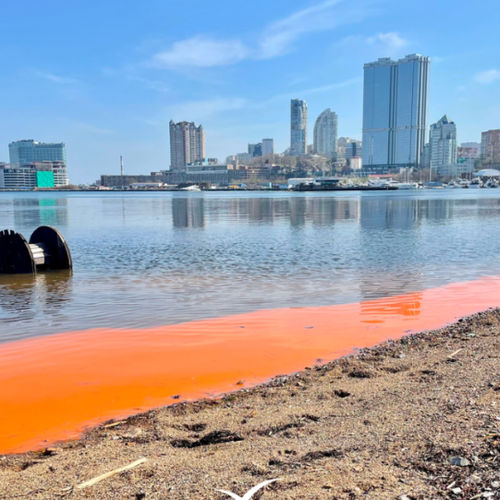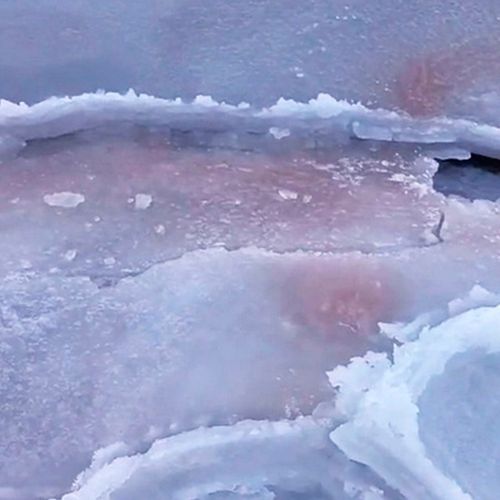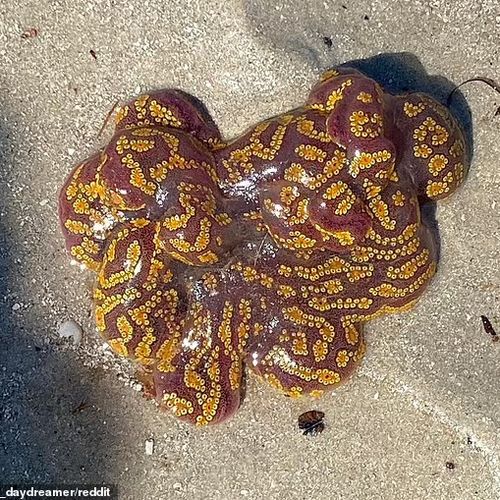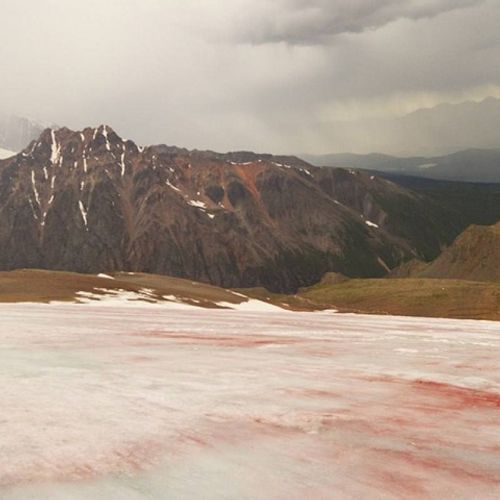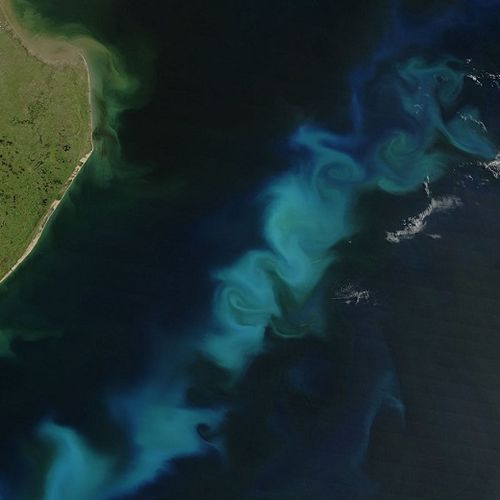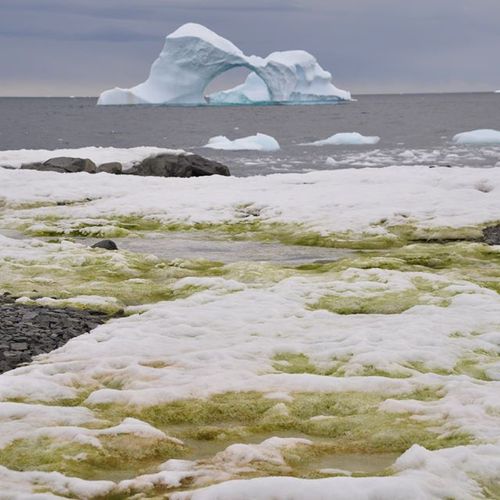
| Added | Mon, 25/05/2020 |
| Источники | |
| Дата публикации | Sun, 24/05/2020
|
| Версии |
Scientists from Cambridge University and the British Antarctic service examined data of satellite monitoring and ground-based observations in the Antarctic to assess the prevalence of snow green algae. We used the data from the satellite Sentinel-2 ESA for the period from 2017 to 2019, as well as observations in the Gulf of rider on the island Adelheid and on the Fildes Peninsula.
Despite the small size of individual algae, together they make the snow green in color and may be visible from space. According to Dr. Matt Davey from Cambridge University, this work advanced the knowledge of scientists about the peculiarities of life in the Antarctic and likely changes as a result of global warming.
According to him, these snow algae from the coast of Antarctica are involved in photosynthesis on the continent. Especially actively they bloom on the Islands off the West coast of the Antarctic Peninsula. Their flowering period is from November to February, when the southern hemisphere summer begins and the temperature rises above 0. In the second half of the last century in Antarctica, the temperature rose fastest.
In addition to temperature, growth of green algae contribute to the excrement of marine birds and mammals: 60% of the places where grow these algae, there were only 5 km from the colonies of penguins. Algae also grow in areas close to the seals on the beach and near the nests of Skuas.
As noted by Davey, scientists have found 1679 areas of algae bloom in the snow with a total area of 1.9 sq. km. Thus, every year, they absorbed 479 tons of carbon, equivalent to the emissions from 875 thousand car journeys in the UK.
Translated by «Yandex.Translator»
British Antarctic Survey
May 20, 2020
Could climate change turn Antarctica''s coasts green?
Translated by «Yandex.Translator»
Новости со схожими версиями
Log in or register to post comments

